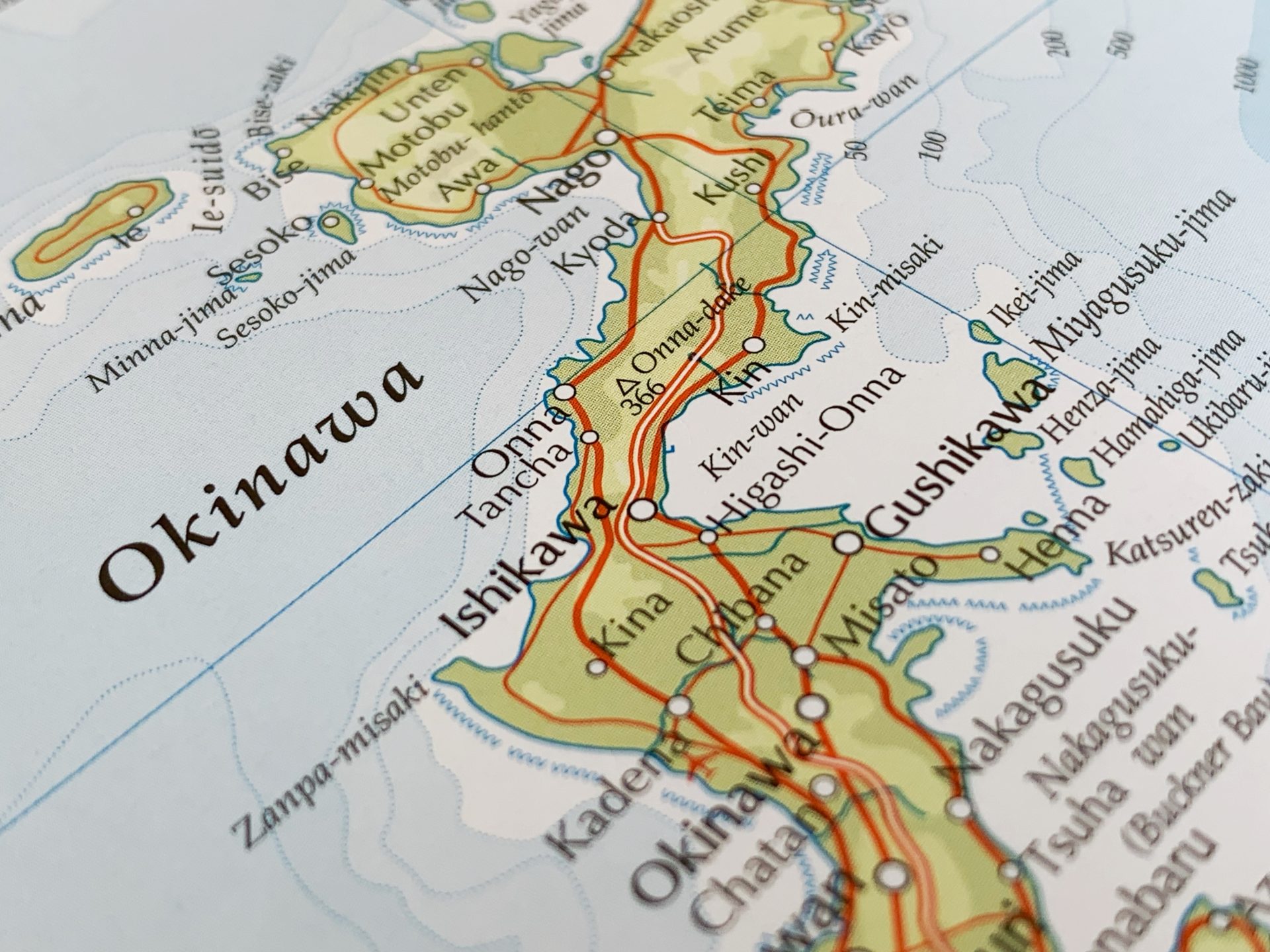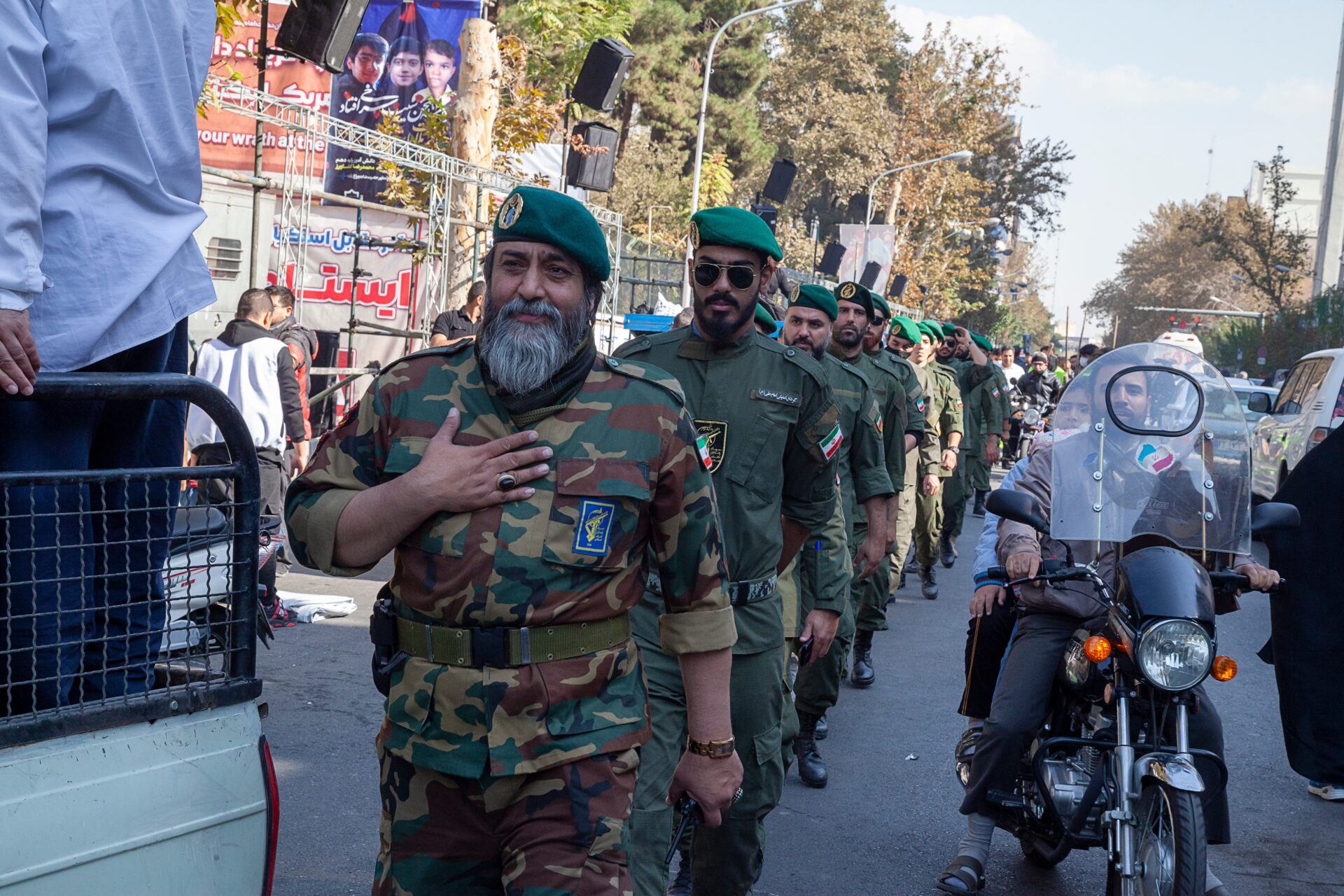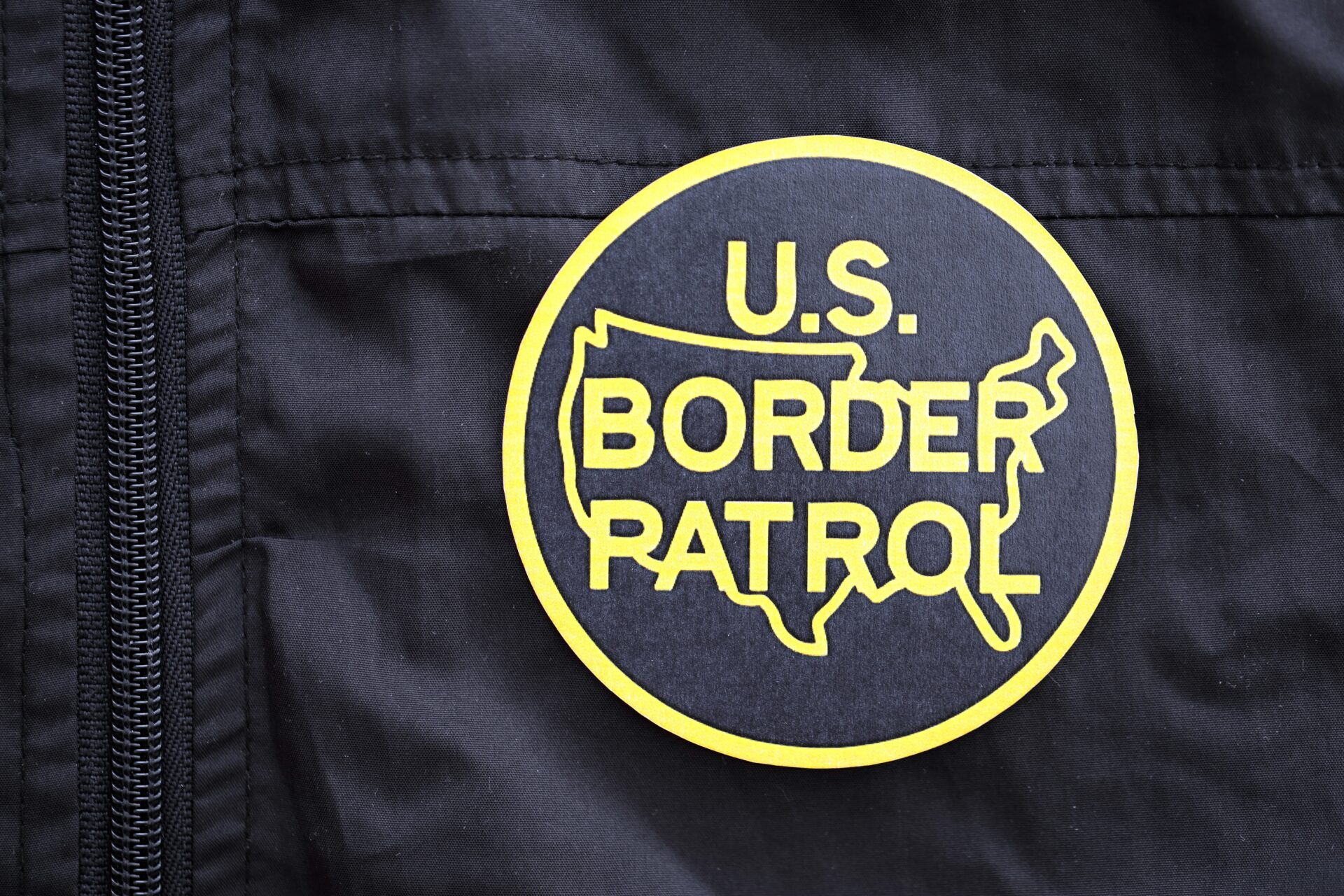
80 Years: Remembering Okinawa’s Impact
The 80th commemoration of the Battle of Okinawa marks a poignant moment of reflection on one of World War II’s most grueling conflicts.
At a Glance
- The Battle of Okinawa occurred 80 years ago, resulting in a pivotal victory for American forces.
- The battle began on April 1, 1945, and extended for 82 days due to intense Japanese resistance.
- Key strategies included kamikaze attacks by Japanese forces and the sinking of the Yamato battleship by the U.S.
- The battle resulted in approximately 12,000 American fatalities and thrice that number wounded.
Strategic Significance and Heroic Sacrifice
The Battle of Okinawa, known as the “Typhoon of Steel” due to its fierce combat, underscored the brutal reality of war in the Pacific. Over 180,000 American service members were involved in the attack against Japanese forces, which began on April 1, 1945, with the hope of a swift victory. However, American troops faced fierce resistance from entrenched Japanese positions, extending the battle until June 22, 1945.
The battle was characterized by Japanese kamikaze attacks, causing substantial damage to U.S. naval vessels, including the USS Bunker Hill. The U.S. Navy’s tactical response led to the historic sinking of the Yamato battleship, turning the tide in the Pacific War.
The Human Cost
Despite the eventual victory, the battle for Okinawa demonstrated the staggering cost of war. More than 12,000 American soldiers perished, and tens of thousands were wounded. The island’s civilian population also suffered immensely, with a quarter of its population losing their lives, and infrastructure being decimated by prolonged conflict.
The legacy of the Battle of Okinawa extends beyond mere numbers, emphasizing the necessity of remembering the human cost involved on both sides. As war memorials and cenotaphs, such as the Himeyuri Cenotaph, remind us, the simple act of remembrance serves as a powerful symbol for peace.
Modern-Day Relevance
The outcome of the Battle of Okinawa played a crucial role in hastening the end of World War II, culminating in Japan’s unconditional surrender on September 2, 1945. Yet, the U.S. occupation of Okinawa extended until 1972, longer than any other Japanese region, establishing it as a strategic military location crucial to American interests in the Pacific.
The ongoing American military presence has posed challenges for Okinawa, involving noise pollution, environmental concerns, and societal tensions, while also maintaining a pivotal role in regional security.
Through strategic partnerships and lessons learned from the past, there remains hope for a more peaceful and prosperous future in the region, honoring the sacrifices of those who paved the way.


